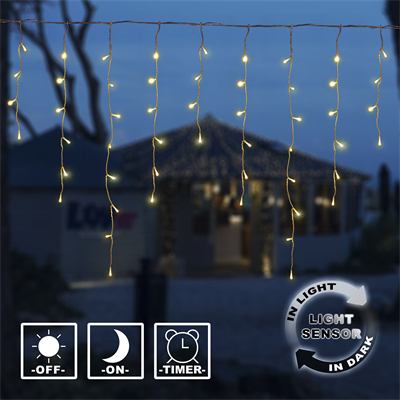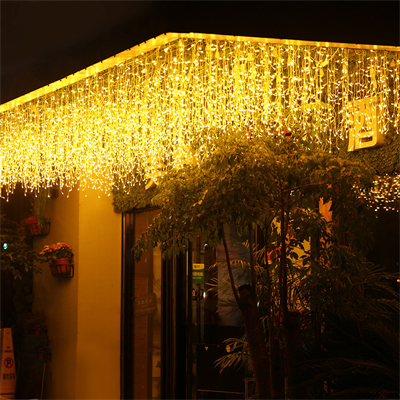The choice between a real and an artificial Christmas tree depends on your preferences, lifestyle, and environmental concerns. Both options have their advantages and disadvantages:
Real Christmas Trees:
Advantages:
- Authenticity: Real trees provide the authentic scent, look, and feel of a natural Christmas tree, contributing to the traditional holiday atmosphere.
- Environmentally Friendly (when sourced sustainably): If purchased from sustainable sources and recycled properly after use, real trees can be an environmentally friendly choice. They are biodegradable and can be turned into mulch or compost.
- Support Local Tree Farms: Buying a real tree often supports local tree farms and the communities that depend on them.
- Variety: Real trees come in various species, each with unique characteristics, scents, and needle types, allowing you to choose the one that best suits your preferences.
Disadvantages:
- Maintenance: Real trees require ongoing care. You need to water them regularly to prevent them from drying out and shedding needles. They can also pose a fire hazard if not properly maintained.
- Expense: Purchasing a fresh-cut tree every year can be more expensive in the long run compared to an artificial tree, which can be reused for several years.
- Allergies: Some people may be allergic to the scent or pollen of real Christmas trees.
- Needle Shedding: Real trees can shed needles, especially if they are not properly hydrated.
Artificial Christmas Trees:
Advantages:
- Reusable: Artificial trees can be used for many years, making them a cost-effective choice over time.
- Low Maintenance: They require minimal maintenance; you don’t need to water them or worry about needle shedding.
- Convenience: Setting up and taking down an artificial tree is usually easier and less messy than dealing with a real tree.
- Hypoallergenic: Artificial trees don’t produce pollen or have a scent, making them suitable for individuals with allergies.
Disadvantages:
- Lack of Authenticity: Artificial trees may not provide the same authentic holiday experience as a real tree, lacking the scent and feel of real branches and needles.
- Environmental Concerns: Most artificial trees are made from non-biodegradable materials, such as PVC, and are often manufactured overseas. Their production and disposal can have negative environmental impacts.
- Upfront Cost: High-quality artificial trees can be expensive upfront, although they can save money over several years.
- Limited Variety: While there are various artificial tree styles available, they don’t offer the same variety of species and scents as real trees.
Ultimately, the choice between a real and an artificial Christmas tree comes down to your personal preferences, budget, and environmental considerations. If you value the traditional holiday experience and are willing to invest time in maintenance, a real tree may be your preference. If convenience, reusability, and lower long-term costs are more important to you, then an artificial tree might be the better choice. Be sure to make an informed decision that aligns with your priorities and values.
























